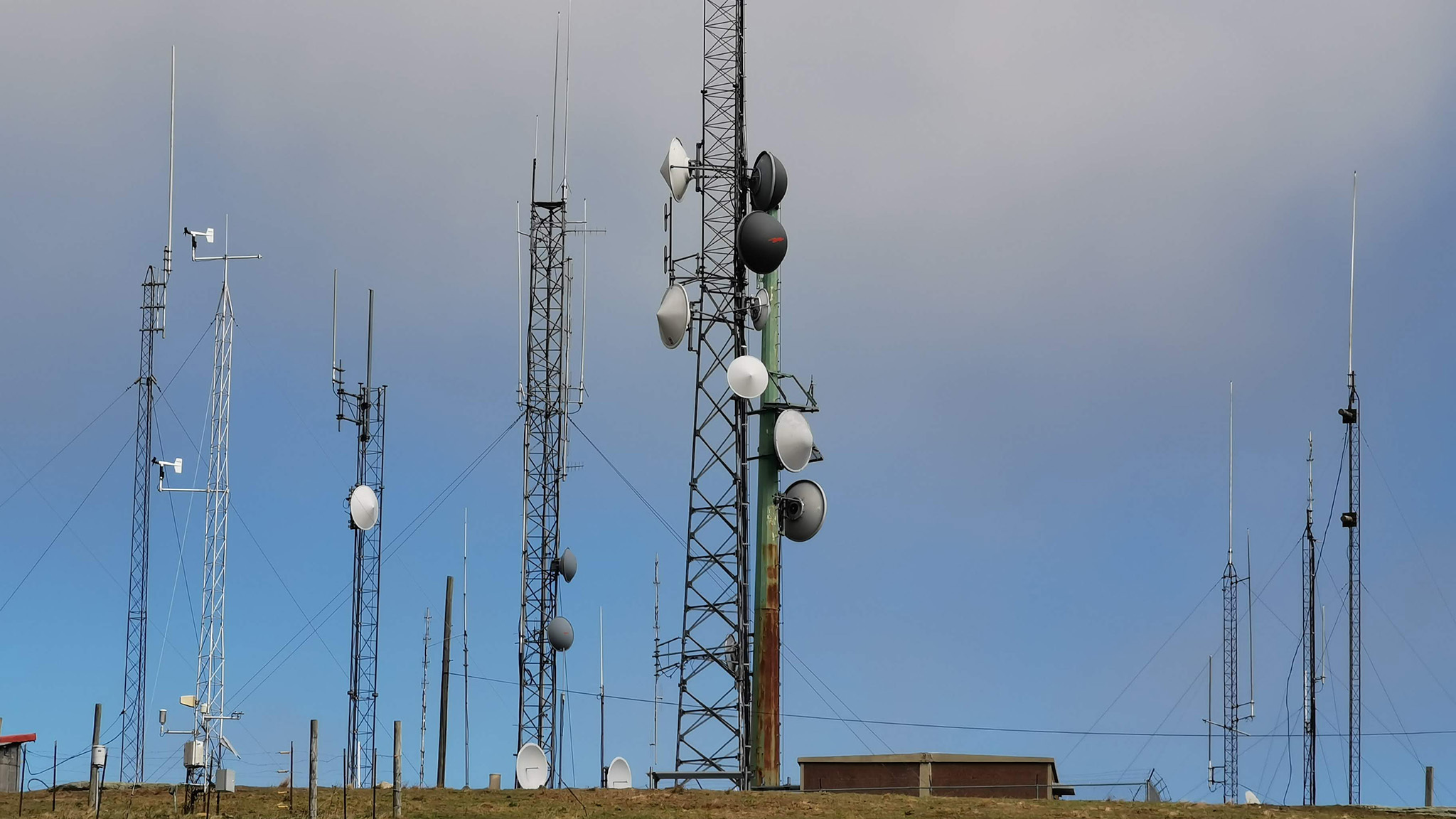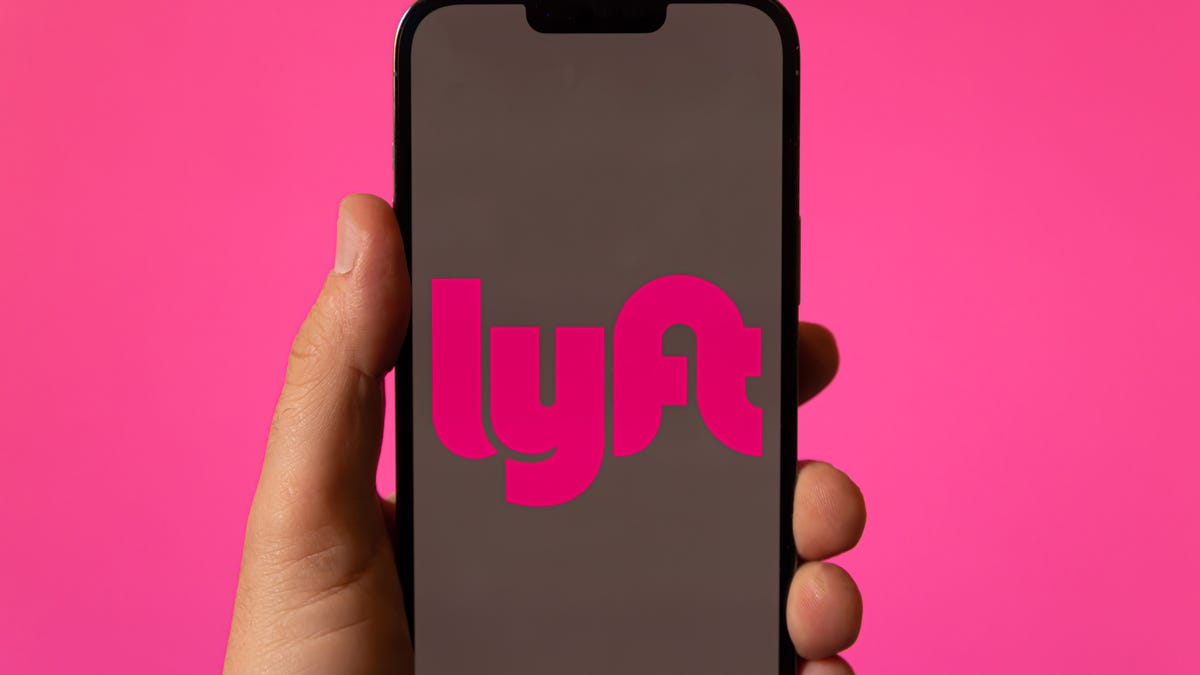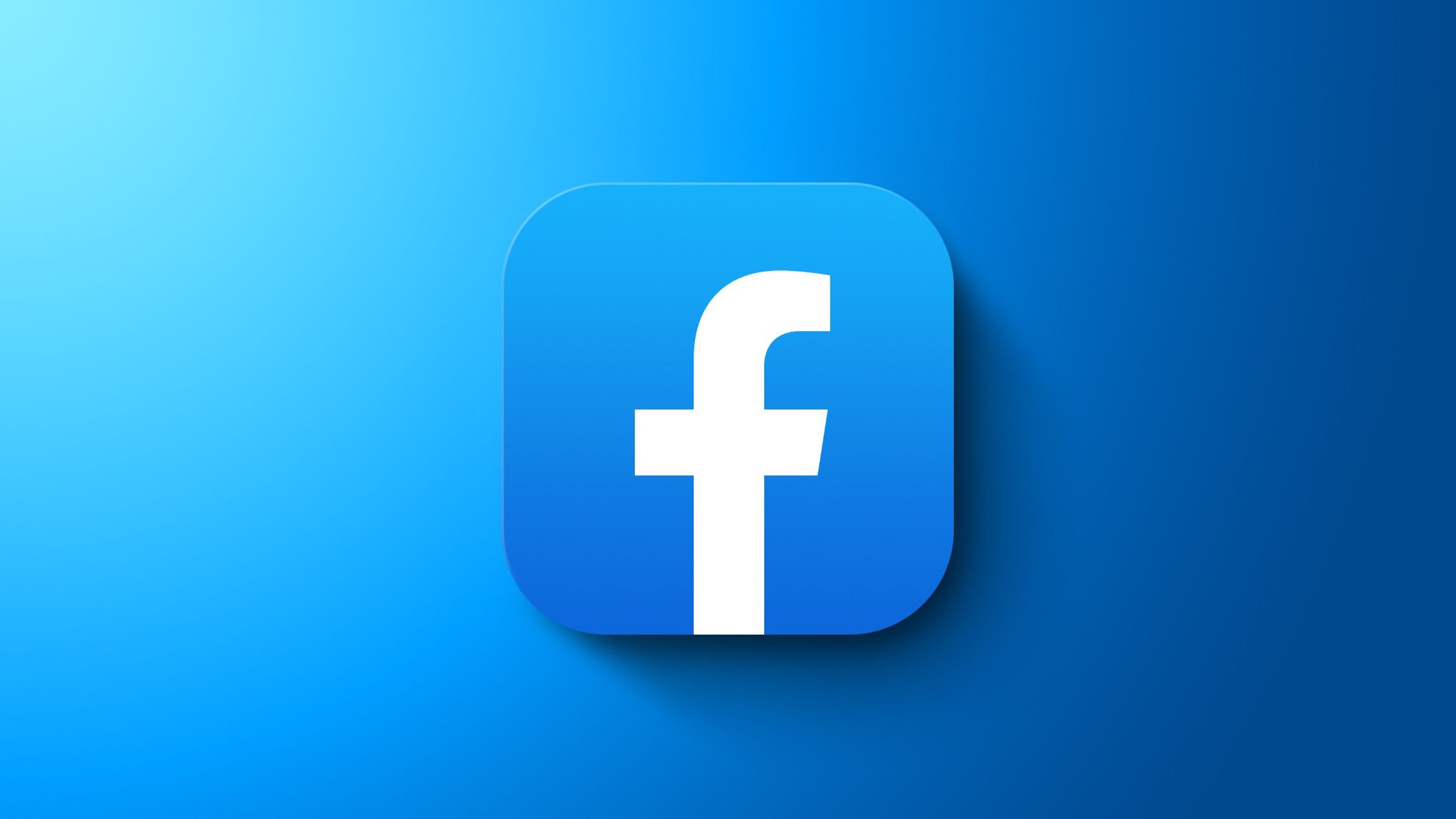Understanding 5G Advanced: The Next Step in Connectivity

Welcome to Tech Talk, your go-to weekly column that demystifies the technology we use every day. Here, we strive to keep the content straightforward and engaging, ensuring that everyone can grasp how and why the gadgets they rely on function as they do.
While technology can sometimes delve into complex territory, our goal is to break it down into accessible terms. By working together, we can make the intricate world of tech understandable for all!
How it works, explained in a way that everyone can understand. Your weekly look into what makes your gadgets tick.
Now, you might be wondering about the relevance of all this tech jargon in your life. Its perfectly fine if youre not particularly interested in the nitty-gritty details; the gadgets you own are personal and should bring you joy. However, you might just learn something valuable along the way.
What is 5G Advanced?
Are you prepared for 5G Advanced? Do you even know what it entails or if its something you should be concerned about? Fear not! Lets take a closer look at what this next generation of connectivity has to offer and whether you should consider upgrading your smartphone for compatibility in the near future.
5G Advanced, often referred to as 5.5G, is a term that encapsulates the upcoming 3GPP Release 18 standards. This technology serves as a pivotal bridge between our current 5G infrastructure and the anticipated 6G technology. The new standards promise to deliver significant enhancements in network speeds, overall efficiency, and improvements in network architecture.
Commercial deployment of 5G Advanced is expected by the second half of 2025. Unlike its predecessors that primarily focused on enhancing mobile broadband connectivity for users, this new iteration is designed to expand connectivity options for industrial IoT (Internet of Things) devices. This shift aims to foster greater autonomy for such devices, which could lead to a more interconnected and efficient technological landscape.
Additionally, the term Metaverse may frequently surface in discussions involving 5G Advanced. The theoretical implications of a connection boasting up to 10 Gbps throughput and ultra-low latency could pave the way for immersive applications. However, its essential to recognize that while 5G Advanced can address certain issues independentlysuch as improving server-based AI applications or enhancing the efficacy of telemedicine and virtual reality (VR) learningit may not solve existing flaws in the overarching concept of the Metaverse.
Developed by the 3GPPthe very organization responsible for the Mobile World Congressthese new standards aim to facilitate a range of advancements: achieving network speeds of up to 10 Gbps, reducing latency to as low as 1 millisecond, enhancing intelligent traffic management via artificial intelligence, supporting a hundred times more connected devices per square kilometer, and achieving all these improvements while decreasing energy consumption by 30%.
Such promises echo the hype we often hear from smartphone manufacturers each year, who claim their latest devices are significantly better than predecessors, but the real impact on everyday users is a critical aspect to consider.
How Will You Benefit?
While the benefits of 5G Advanced may seem abstract at first glance, they could manifest in your life in several indirect waysif cities leverage this technology to develop smart infrastructures. Imagine network-connected utilities, intelligent traffic signals, and efficient parking meters working in harmony to enhance daily convenience.
Moreover, theres potential for cost savings on utility bills. If devices and systems can operate with 30% less power while providing enhanced functionality, these savings could ultimately be passed on to consumers. Not only does 5G Advanced help companies meet their green energy goals, but it also has the potential to lower operational costs significantly.
Furthermore, this technology marks a critical step towards the realization of autonomous vehicles. While the fleet of self-driving cars we might envisionlike those developed by Waymomay still be on the horizon, the infrastructure provided by 5G Advanced is essential for making such innovations feasible.
In healthcare, the implications are even more profound. High-speed, low-latency networks can revolutionize medical services, particularly in rural areas that often lack robust connectivity. The use of augmented reality (AR) equipment for training and telemedicine could become standard practice. Furthermore, emergency service vehicles equipped with this technology could deliver critical care where its needed most.
Reflecting on the potential benefits, its hard not to think of the personal stories and lives that could be improved. As someone who has faced challenges in mobility, I can only hope that the advancements in connectivity will positively impact the next generation.
Now, you might be thinking about whether these advancements will directly enhance your next smartphone purchase. The truth is, the high-speed capabilities of 5G Advanced may not dramatically alter consumer electronics outside of niche applications. For example, while faster networks may facilitate quicker game streaming and smoother VR experiences, your current device wont necessarily perform better simply because of a faster network. The limitations of existing hardware mean that, without significant upgrades to processing capabilities, the advantages might not be as pronounced as some companies lead us to believe.
Despite claims from some corporations about achieving complete U.S. coverage for 5G Advanced in the near future and even some dubious assertions of having it alreadymany are simply rebranding older standards as part of their promotional strategies. This misrepresentation does little to clarify the true importance of these advancements or how they might influence consumer technology.


























